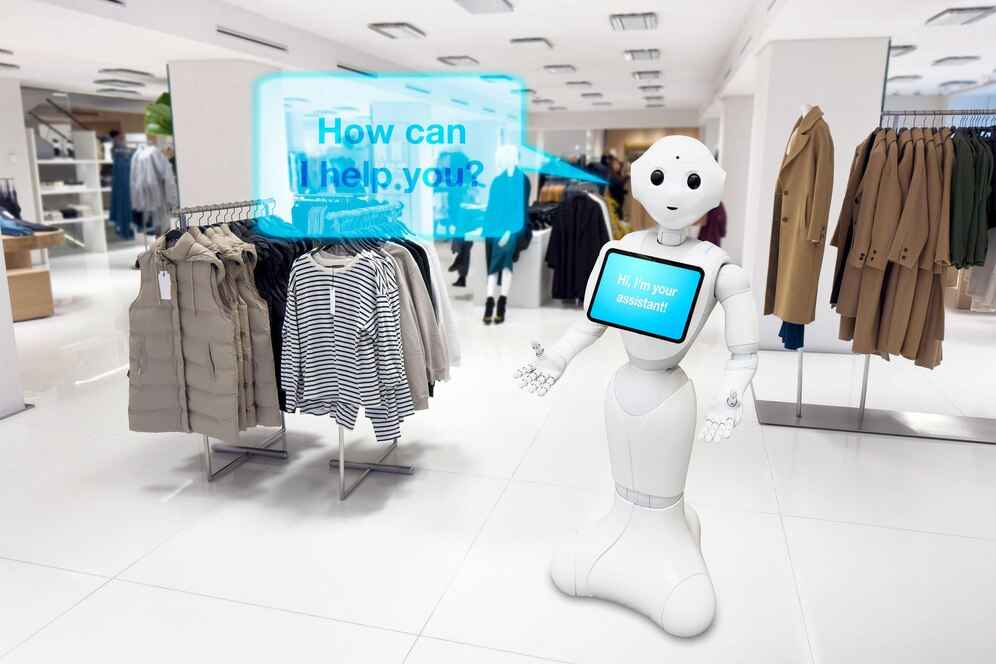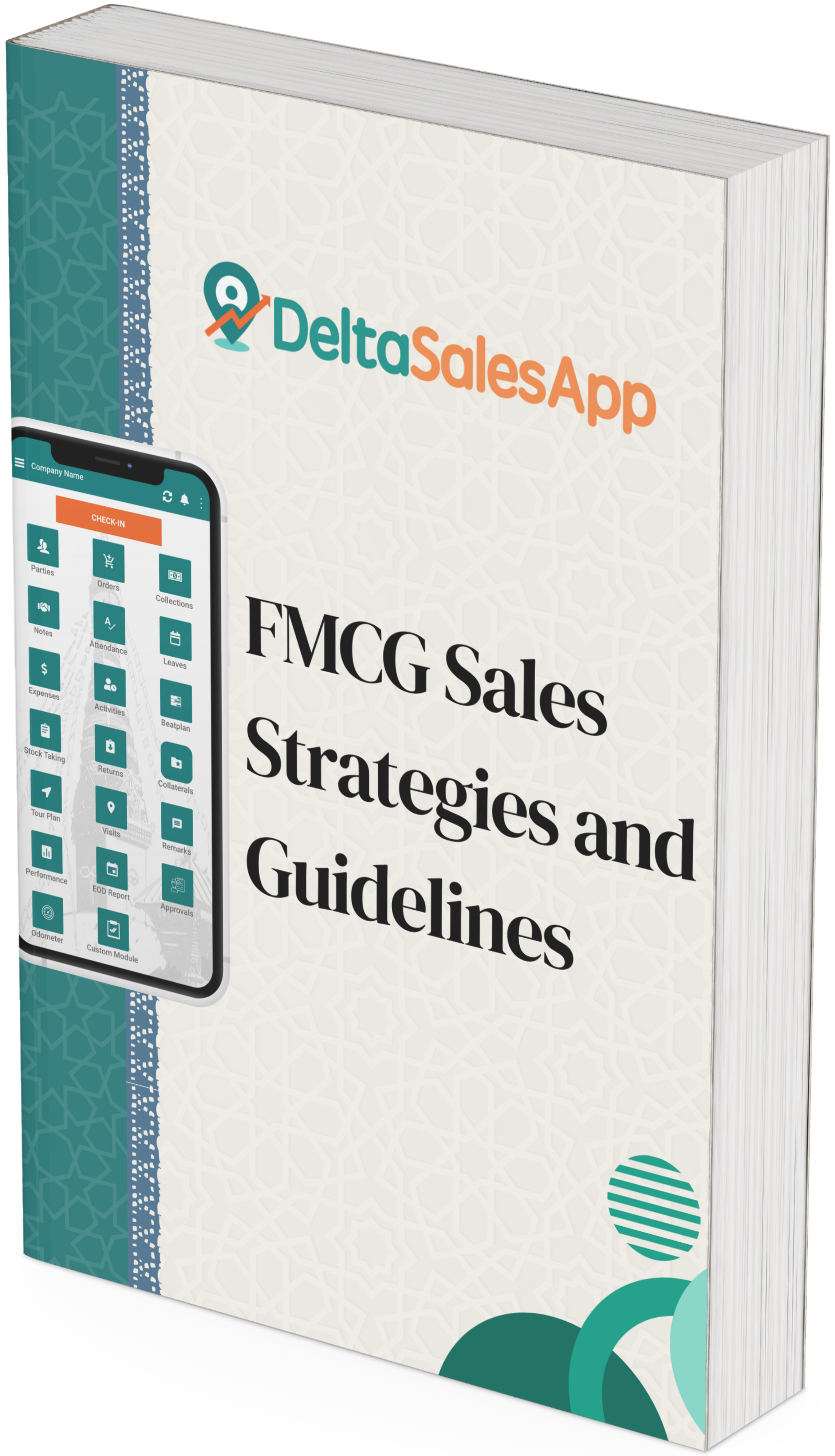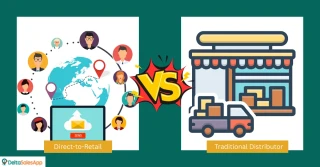AI For CPG Brands: Boost Sales & Secure More Shelf Space

AI for CPG brands is transforming how consumer packaged goods (CPG) companies communicate with store managers, making it easier to secure premium display positions and valuable shelf space. With data-driven insights and automation, AI helps brands craft persuasive sales presentations, optimize merchandising, and improve store performance.
This article examines how AI enables CPG companies to successfully interact with store managers and land prominent shelf locations, such as endcap displays with high visibility.
1. Data-Driven Ideas for More Intelligent Sales Discussions
AI allows CPG firms to support their ideas with reliable facts by analyzing enormous volumes of sales data, market trends, and consumer preferences. With insights powered by AI, companies can:
Determine which items and trends are in great demand.
Use real-time data to highlight SKUs that are doing well.
Provide shop managers with suggestions supported by data to boost their confidence in stocking certain items.
Brands may tailor their sales strategy and provide proof that their items merit significant store placement by using AI-generated data.
2. Customization for Offerings Particular to Retailers
Store management gives priority to products that suit their clientele. Recommendation engines driven by AI assist companies in tailoring their offers according to the following:
Demographics and buying habits of the store.
Consumer preferences for certain sizes, tastes, or packaging.
Historical sales figures for a certain area.
This degree of customization increases the likelihood of gaining additional shelf space by making it simpler to persuade managers that a brand's goods meet the demands of its customers.

3. Examining the Competition to Gain a Better Position in the Market
AI systems study pricing tactics and promotional offers to keep an eye on rivals.
Product introductions and positioning on shelves.
Customer opinions and comments.
Brands may modify their strategy, emphasize their unique selling propositions, and provide strong arguments for why their goods should be given priority over rivals when they are armed with real-time competition analytics.
4. Visual Merchandising Optimization Driven by AI
AI is able to evaluate product placement efficacy, consumer flow, and retail layouts. Brands may use this information to:
Make recommendations for the best shelf configurations for optimum visibility.
For increased engagement, suggest eye-level or endcap placements.
Verify adherence to the planogram's instructions.
Brands may provide store managers with concise, data-supported display suggestions that improve customer satisfaction and increase sales by using AI-driven visual merchandising techniques.
5. Forecasting Demand to Guarantee Stock Availability
Preventing out-of-stock situations is one of the main issues for store managers. Applications of demand forecasting driven by AI:
Seasonal patterns and past sales statistics.
External elements like local happenings and the weather.
Real-time sales data to forecast demand in the future precisely.
Store managers are more inclined to provide companies with shelf space when they show that they can avoid stockouts and guarantee prompt responses.
6. Monitoring Performance to Make Proposals Stronger
AI regularly monitors various SKU performances, assisting companies in showcasing:
Showed a rise in revenue and encouraging patterns.
The results of advertising and marketing campaigns.
The possible increase in sales comes from obtaining a higher shelf location.
Store managers are more inclined to believe in a brand that offers verifiable information about its historical performance and prospects.
7. Personalized Conversations with Natural Language Processing (NLP)
Natural language processing (NLP) techniques driven by AI examine previous exchanges with shop managers to glean insightful information. With the use of NLP, salespeople can:
Recognize the preferences and worries of the management.
Adjust their pitch to fit the priorities of the shop.
Use pertinent facts to address concerns effectively.
Thanks to this method, every encounter is guaranteed to be strategic, convincing, and in line with the shop manager's expectations.
8. AI-Driven Virtual Assistants for Instant Assistance
Chatbots and AI-powered virtual assistants provide immediate assistance during sales meetings by
Obtaining sales data and insights in real-time.
Responding to inquiries on specials, prices, and inventories.
Making suggestions in light of the state of the shop.
Sales representatives may increase their chances of obtaining important shelf space by having more knowledgeable, self-assured, and productive conversations with AI's help.
conclusion
With its data-driven insights, tailored suggestions, and strategic merchandising solutions, artificial intelligence is completely changing how CPG businesses communicate with store managers. Brands may acquire high-value shelf placements that increase sales and brand awareness, improve their sales discussions, and forge closer ties with retailers by using AI.
Brands hoping to get a competitive advantage in the retail market must embrace AI-powered solutions; it is no longer a choice. Those who employ AI to improve their retail execution tactics and make the most of their presence in shops will be the ones in the future.









